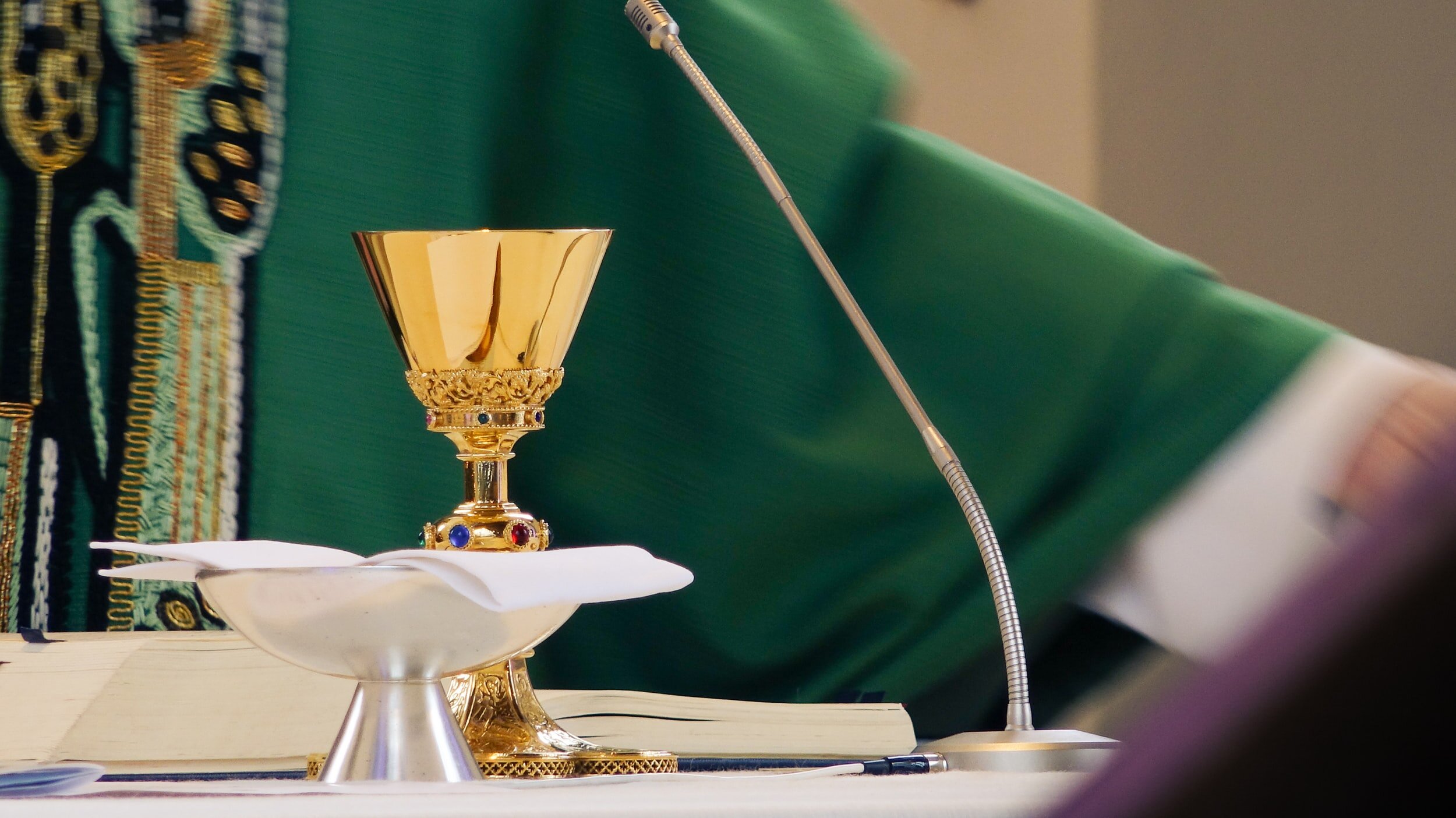
Music of the Season
Ordinary Time
Our Mass setting during Ordinary Time is the Belmont Mass.
advent music
In Advent, our music becomes a bit more simplified to really draw our focus to the texts and on Christ, reserving the more glorious melodies for the celebration of Christmas.
The season of Advent is a season of preparation for the coming of Christ. There is a penitential element to Advent as well, and, while we still sing out confidently in praise of the Lord, we no longer sing Alleluia or the Gloria, as both have a celebratory nature and therefore are reserved for the non-penitential seasons. The Gloria will return briefly for the Solemnity of Immaculate Conception on December 8.
Our music becomes a bit more simplified to really draw our focus to the texts and on Christ, reserving the more glorious melodies for the celebration of Christmas. Our Advent Eucharistic Acclamations setting will be the familiar English chants from the Roman Missal. You can listen to the setting here.
The Third Sunday of Advent is known as Gaudete Sunday, coming from the scripture of the Entrance Antiphon, Gaudete in Domino Semper (“Rejoice in the Lord always”). This marks the mid-point of Advent and reminds us during our fervent reflection to have hope and remember the rejoicing that will come with Christmas.
We conclude our Advent season with Lessons and Carols at 11:15 p.m. on Christmas Eve, just before Midnight Christmas Mass. Lessons and Carols is a set of readings paired with music that helps us to reflect upon those readings. The readings take us on the journey from our original sin’s birth in the Garden of Eden to the birth of our Savior, Jesus Christ, helping set our focus on what is to come with the season of Christmas.
Lenten Music
You’ll notice the music at Mass during the Lenten Season is more somber than any other time of the year, and there is a major shift in tone. While we still sing out confidently in praise of the Lord, we no longer sing Alleluia or the Gloria, as both have a celebratory nature, and therefore, are reserved for the non-penitential seasons.
During Lent, our focus is on Christ’s sufferings. Silence is more prominent at Mass and the music reflects and emphasizes that melancholy sentiment. Other than the bare minimum to support singing, instrumental music is omitted. On Good Friday, the voice is unaccompanied.
Why do we sometimes sing in Latin?
The short answer is that it elevates our prayer, unifies us, and strengthens our community worship. We do so most often during Lent and Advent.
Our worship language has gone from Hebrew to Greek to Latin. As a result of Vatican II reforms, we now celebrate Mass in vernacular languages. However, the council never intended for Latin to be eliminated from the liturgy. The council states that Latin should be preserved in the Rites, even with the growing use of the vernacular at Mass (Sacrosanctum Concilium 36.1, 54).
Just as Amen and Alleluia connect us to the Hebrew language and Kyrie eleison and Eucharist connect us to the Greek language, singing in Latin also connects us with our Church history and elevates our worship.




